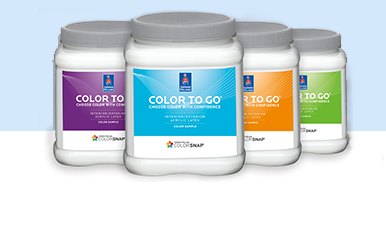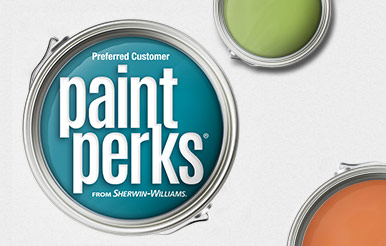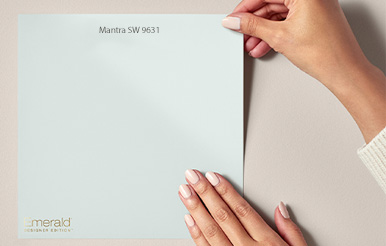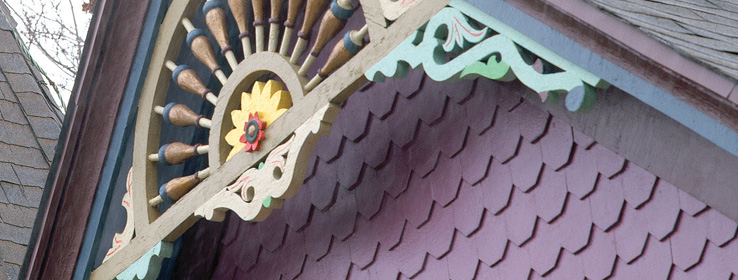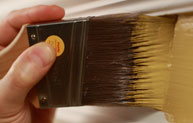Painting
Getting Ready to Paint
Before you paint your entire house, it's a good idea to test the paint you plan to use. Prepare, prime (if necessary) and paint an inconspicuous spot. Wait the appropriate drying time as specified on the label, then look for any adhesion or compatibility problems before proceeding with a full-scale application.
Use a paint scraper, wire brush, sandpaper or power washer to remove all surface contamination, such as oil, grease, loose paint, dirt, foreign matter, rust, mold, mildew or mortar efflorescence. Make sure that cracks and imperfections are patched or caulked.
Warning! Removal of old paint by sanding, scraping or other means may generate dust or fumes that contain lead. Exposure to lead dust or fumes may cause brain damage or other adverse health effects, especially in children or pregnant women. Controlling exposure to lead or other hazardous substances requires the use of proper protective equipment, such as a properly fitted respirator (NIOSH approved) and proper containment and cleanup. For more information, call the National Lead Information Center at 1-800-424-LEAD (in U.S.) or contact your local health authority.
Don't paint immediately after rain (or if rain is predicted), during foggy weather or when the temperature is below 50 degrees Fahrenheit (unless you're using products specifically designed for these conditions).
In addition to friendly expert advice, you can find the right brushes, rollers, ladders, sprayers, caulk and more at your neighborhood Sherwin-Williams store.





